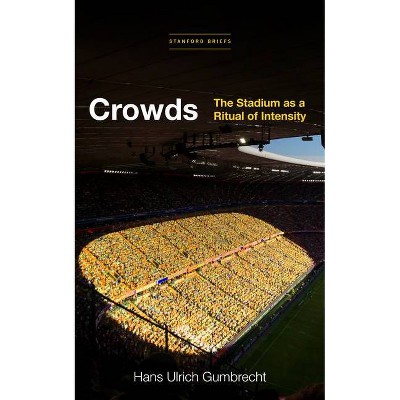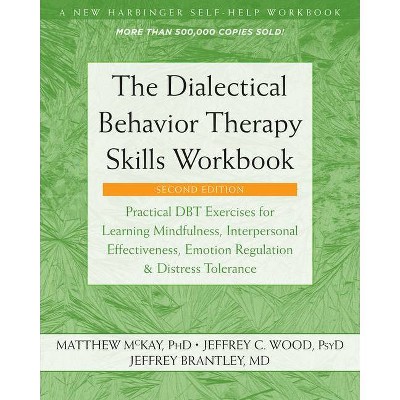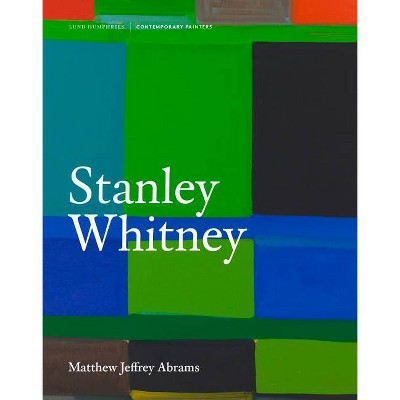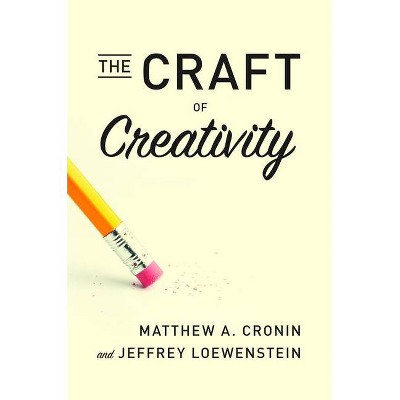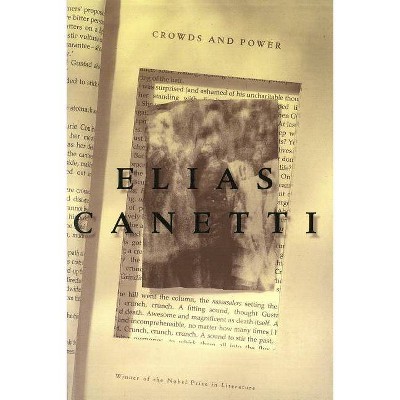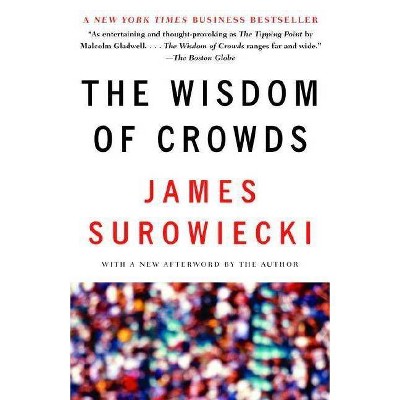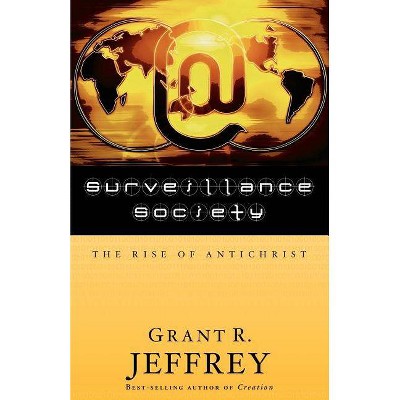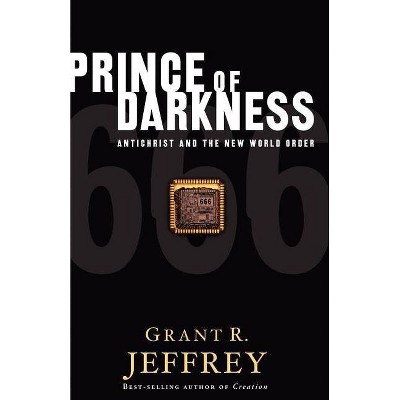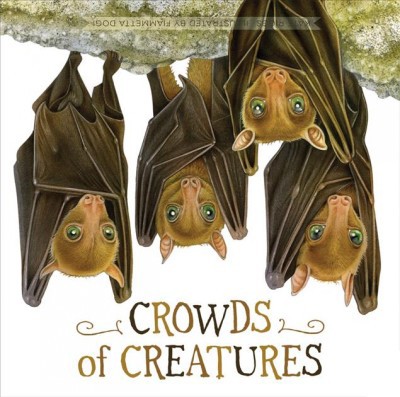Crowds - by Jeffrey T Schnapp & Matthew Tiews (Paperback)
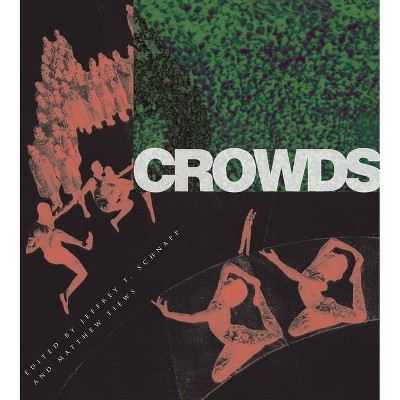
Similar Products
Products of same category from the store
AllProduct info
<p/><br></br><p><b> About the Book </b></p></br></br><i>Crowds</i> presents several layers of meditation on the phenomenon of collectivities, from the scholarly to the personal; it is the most comprehensive cross-disciplinary publication on crowds in modernity. For more information, visit http: //shl.stanford.edu/Crowd<p/><br></br><p><b> Book Synopsis </b></p></br></br><p><i>Crowds</i> explores the key role assumed by human multitudes in modern life by means of a graphically innovative, multi-author volume in which essays, word histories, and personal testimonies are woven together into a multiperspectival and multilayered group portrait. The portrait in question includes analyses of market crowds, crowds in modern art and literature, modern assemblies as compared to their premodern and ancient counterparts, modern sports crowds, human multitudes and mass media such as photography and cinema, crowds as political actors, and the emergence of crowd-centered discourses in social sciences such as psychology, anthropology, and sociology. Contributors include Stefan Jonsson, Allen Guttmann, Susanna Elm, John Plotz, Christine Poggi, William Egginton, Haun Saussy, Joan Ramon Resina, and Charles Tilly, with testimonies by authors such as Greil Marcus, Richard Rorty, Michel Serres, Alain Schnapp, Michael Hardt, T. J. Clark, and Susan Buck-Morss. The book represents the main output of one of the Stanford Humanities Lab's prototype Big Humanities projects and is supported by an extensive website (https: //www.sup.org/media/crowds/) which includes virtual galleries, video capture of the November 2005 Crowds seminar, and a database of early social science readings on modern crowds.</p><p/><br></br><p><b> From the Back Cover </b></p></br></br>"Combined, the book and web site offer unparalleled breadth and depth of research on crowds that will be likely to remain the gold standard on this topic for some time to come. . . . In its size, exuberant diversity, electronic research capabilities, and focus on a common topic, Crowds presents an exciting demonstration of what can be accomplished in collaborative humanities research."--N. Katherine Hayles, Afterword to Crowds<p/><br></br><p><b> Review Quotes </b></p></br></br><br><i>Crowds</i> asserts itself as a highly successful project and collaborative book that sets a high standard for all hybrid and cooperative forms of scholarship in the future, one which provides a comprehensive, state-of-the-art examination of its subject.--<i>Modernism/Modernity</i><br><br>Combined, the book and web site offer unparalleled breadth and depth of research on crowds that will be likely to remain the gold standard on this topic for some time to come. . . . In its size, exuberant diversity, electronic research capabilities, and focus on a common topic, <i>Crowds</i> presents an exciting demonstration of what can be accomplished in collaborative humanities research.--N. Katherine Hayles "Afterword to <i>Crowds</i>"<br><br>This work is a comprehensive, interdisciplinary st of analyses of crowds of most every variety: political crowds, sports crowds, captive crowds, masses, packs and mobs, etc... [This] fascinating work should appeal to a wide audience.--<i>CHOICE</i><br><p/><br></br><p><b> About the Author </b></p></br></br>Jeffrey T. Schnapp is Director of the Stanford Humanities Laboratory. He is the author, most recently, of <i>Building Fascism, Communism, Democracy: Gaetano Ciocca--Builder, Inventor, Farmer, Writer, Engineer</i> (Stanford University Press, 2003). Matthew Tiews is the Associate Director of the Stanford Humanities Center.
Price History
Price Archive shows prices from various stores, lets you see history and find the cheapest. There is no actual sale on the website. For all support, inquiry and suggestion messages communication@pricearchive.us
